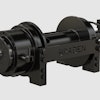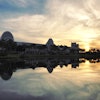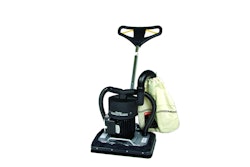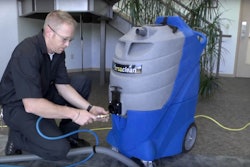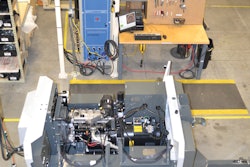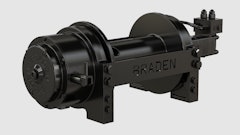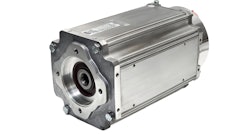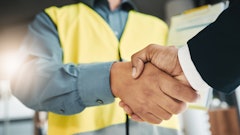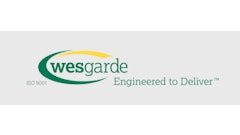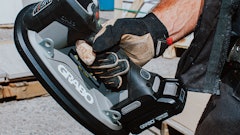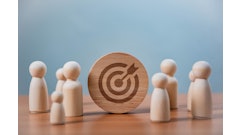
Picture this: You are an exhibitor with an outdoor space at a local fair. You think, what better way to attract attention than by putting a large banner on a scissor lift extended up high – your product name in bold against the perfect backdrop of a sunny sky.
The truth is, without proper planning, you could be putting your visitors at risk, without even intending to.
Scissor lifts are a safe way to perform temporary work at height when used properly by trained personnel. However, they are not designed to hold banners or advertisement boards.
Some scissor lifts are designed for indoor use only at zero wind speed. Those designed for outdoor use might be at risk of being blown over in an elevated position when the maximum safe wind speed is exceeded. Do you know what the maximum safe wind speed is of the aerial lift you are using? Have you risk-assessed the weather conditions and can you accurately measure the outdoor wind speed on site, which could change?
In its newest campaign, IPAF is urging organizers and exhibitors at county/state fairs and local festivals not to attach banners to scissor lifts, as this could create a “sail board” effect which could destabilize the lift and cause it to turn over.
IPAF President Andy Studdert, who is chairman & CEO of NES Rentals, has made this initiative a personal crusade during his term of office, having seen too many instances of people abusing aerial equipment at events, or simply not using this equipment correctly.
“Scissors lifts are safe, but improper use of this equipment can make them very dangerous,” Studdert said. “Don’t put your visitors at risk. A machine with a banner attached to it could get blown over even in modest winds. Aerial lifts are not toys for joy rides or hanging banners and displays.”
The initiative is really part of a larger theme – that aerial equipment should not be used for joy rides or entertainment purposes.
In April this year, two people had to be rescued after an aerial crane ride broke down on the outside perimeter of an international construction equipment show (bauma in Germany).
The ride had reportedly come to a standstill after a flag got caught between the hoist line and sheave, leaving two people stranded around 130 feet up in the air. The Munich fire service had to be called in to use a ladder platform to rescue them.
In short, purpose-built and technologically complex equipment such as aerial lifts and cranes should only be used by professionally trained operators under proper management of the work to be done. They should never be used for fun or entertainment.
IPAF is there to help managers and operators use aerial lifts correctly. More details about IPAF’s safety initiatives, technical guidance and training programs are at www.ipaf.com
Aerial lifts should only be operated by a trained operator, ideally one with a PAL Card. If you haven’t got one, take advantage of our special eLearning offer at www.ipaf.com/safeMEWPs.

